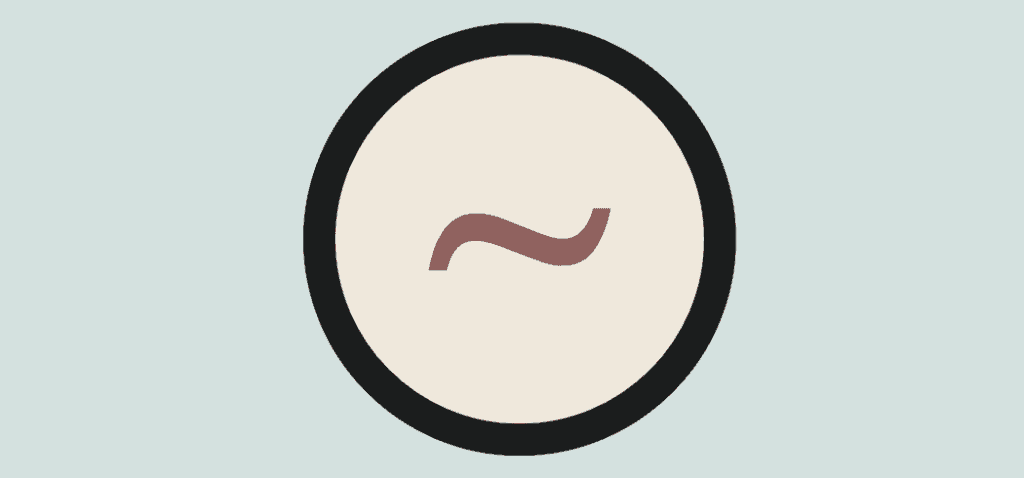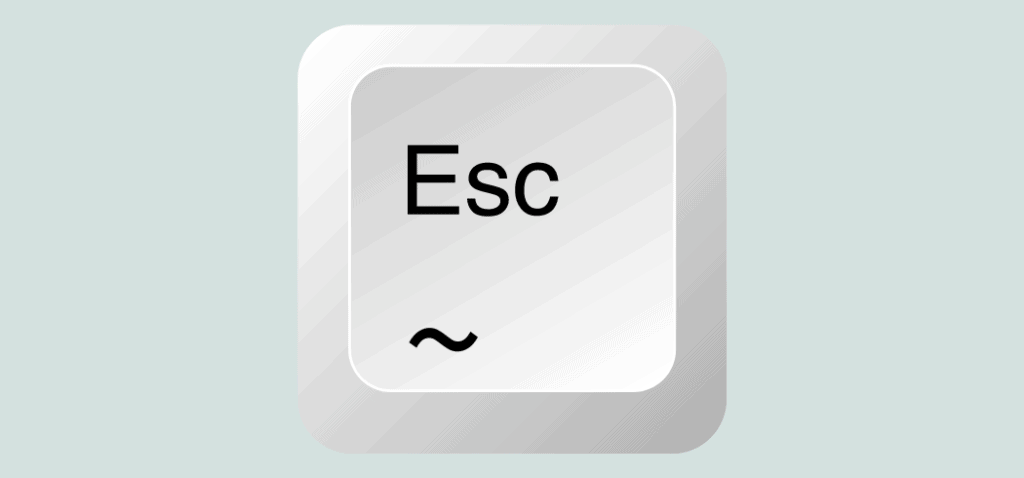The curvy dash located towards the top of your keyboard is almost exclusively reserved as an accent mark for a few different foreign languages. Called a tilde, it offers a nasal pronunciation to the letter it is associated with, but it has very little use in the English language.
Outside of some rare informal texts, math, and computer programming, you won’t find too many opportunities to use it. Look at our guide on where the tilde sign is used and which rules to follow.
What is the Tilde Symbol?
A tilde (~) is a typographical mark that resembles a squiggly line. It is a symbol primarily used to provide an accent placed over the Spanish -n and the Portuguese -a and -o. It gives a nasalized sound to the letter it is over and should not be confused with the grave accent as a punctuation mark.
It also can be found in various other languages (many Asian languages included) to create phonetic pronunciation.
Although it is not part of American English, it can be found in various math and computer programming languages. It also has some everyday uses you can take advantage of.
What is the Tilde Used For? Rules of Use
As mentioned, the tilde is almost exclusively used as an accent mark outside English. Take a look at the different ways of use and their associated rules so you can take advantage of them when appropriate.
Spanish and Portuguese Accent Marks
The tilde is part of the Spanish alphabet and follows the letter -n as -ñ, pronounced as en-yay. It can be seen in Spanish words like señor, meaning mister, and mañana, meaning morning or tomorrow.
It is also used over the letters -a and -o in Portuguese, seen in words like São Paulo and amanhã, which means tomorrow.
Approximation
In informal writing, the tilde can be used to indicate an approximation. This is usually used with numbers to replace the words about or approximately and is placed before the number. It also can be used in quick informal messages to mean approximate.
For example:
- We can meet at ~7 am to determine which route we need to follow.
- No worries about the papers. Will be an ~ winter due date.
Mathematics
In mathematics, the tilde is often used as an approximate equivalency or similar value to another value. For example, a~b is equivalent to the meaning of a is similar in value to b.
Computer Programming
The tilde is used in many different ways in computer programming and coding. For example, when used before a file name, it indicates that the file is temporary. In other programs, it provides access to a console or means NOT.
Symbolic Text or Chat Emotion
In text and social media, the tilde may be used at the end of a sentence to indicate playful or flirty behaviors and emotions.
For example:
- Having a great night ~~~!
The Origin of the Tilde Symbol
The tilde first appeared in Ancient Greece to represent vocal pitch rise during the pronunciation of a word. The word tilde originates from the Latin titulus, which means title or superscription, and was initially placed over a letter to allow a shorthand version of a particular term.
Where is the Tilde on the Keyboard?
The tilde key is located at the top of the left side of the keyboard below the escape (ESC) key. It is on the same key as the back quote key (`); to type it, you need to push the shift key and the back quote key.
You can locate the tilde with the symbols keyboard on a smartphone or tablet.
How to Get a Tilde Above a Letter
When placing a tilde, or any other accent mark, above a letter, you will need to access the character map or special character feature of the software you are using.
Let’s Review
The tilde is a curvy dash-looking line that is used to indicate a nasalized sound when used as a mark over letters to provide an accent. Most recognizable in the Spanish language alphabet and commonly used in Spanish and Portuguese, it is often used in informal English writing situations, mathematics, and computer programming.


